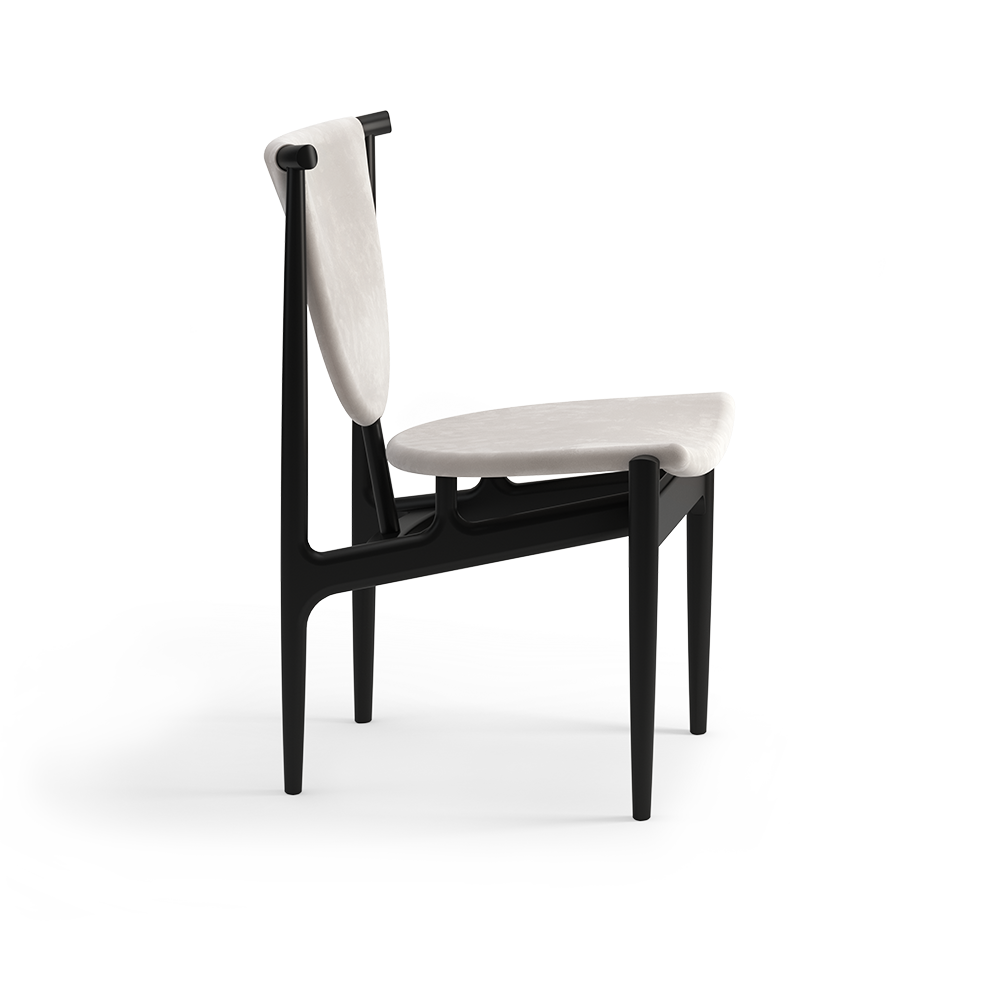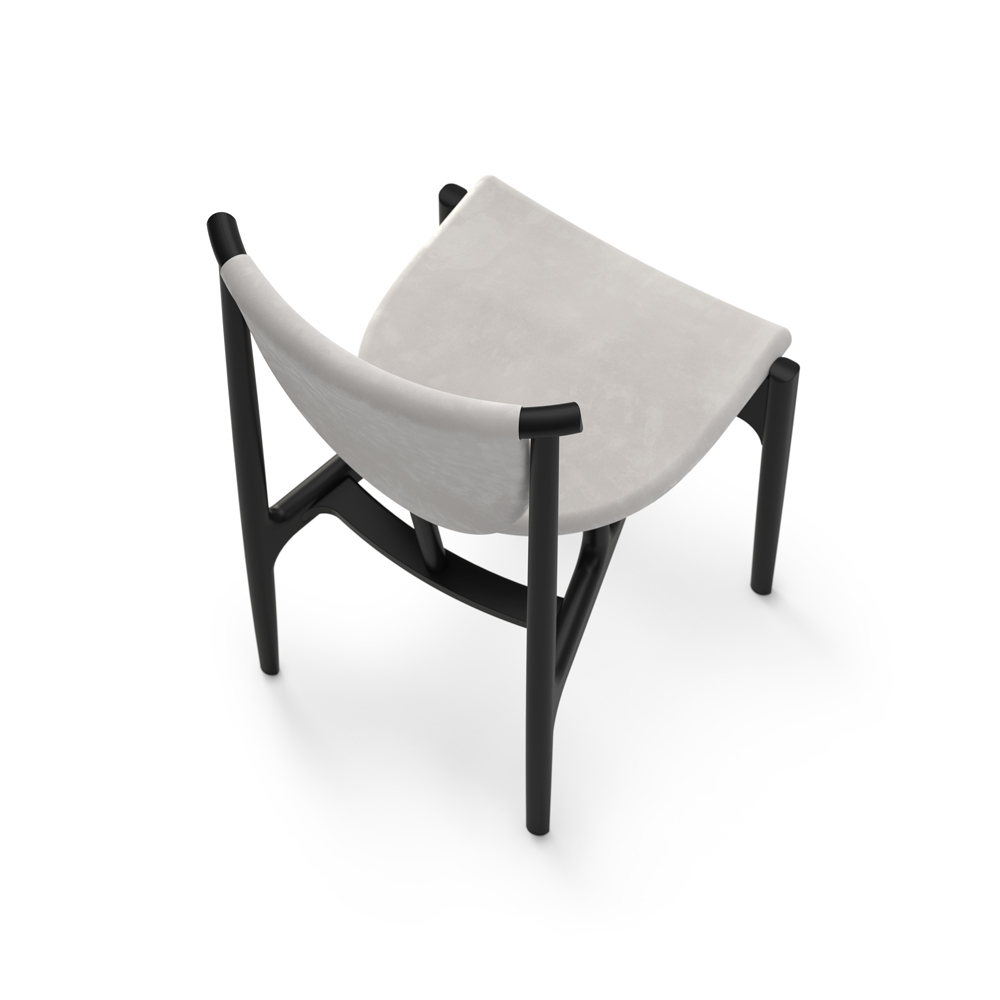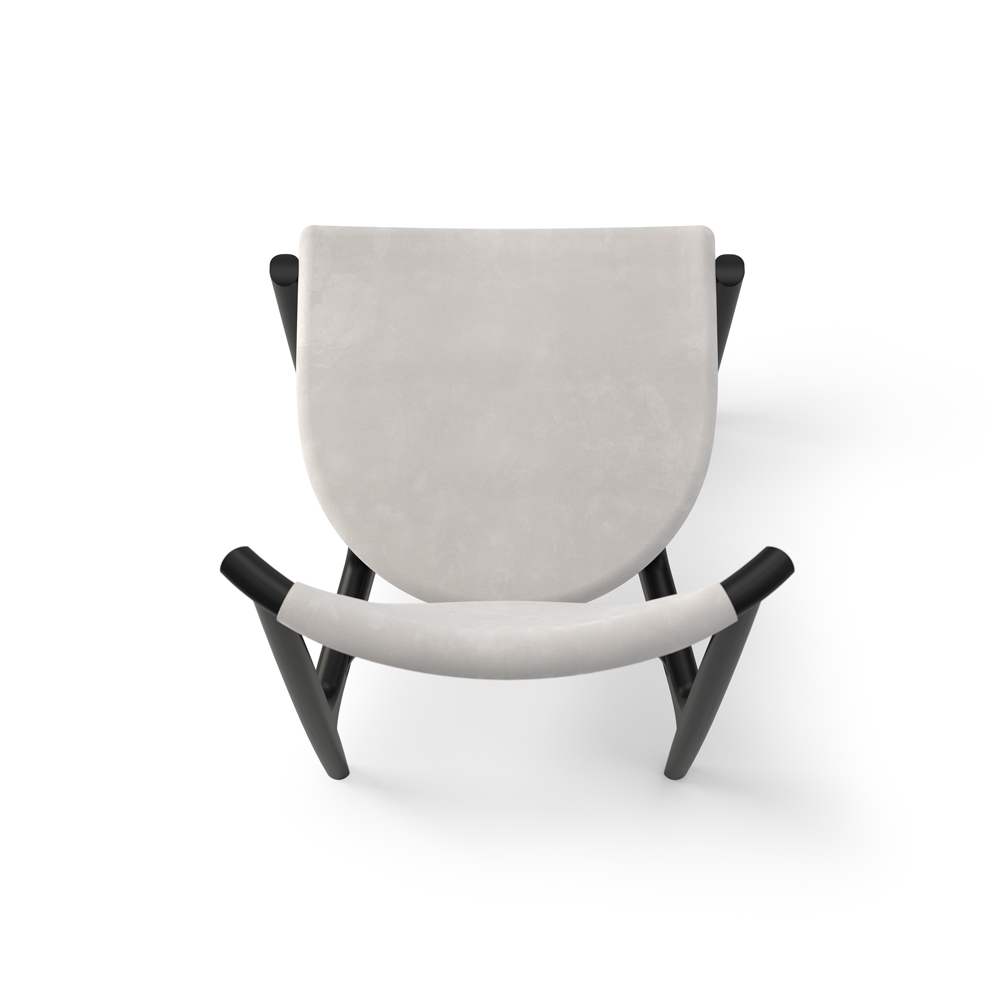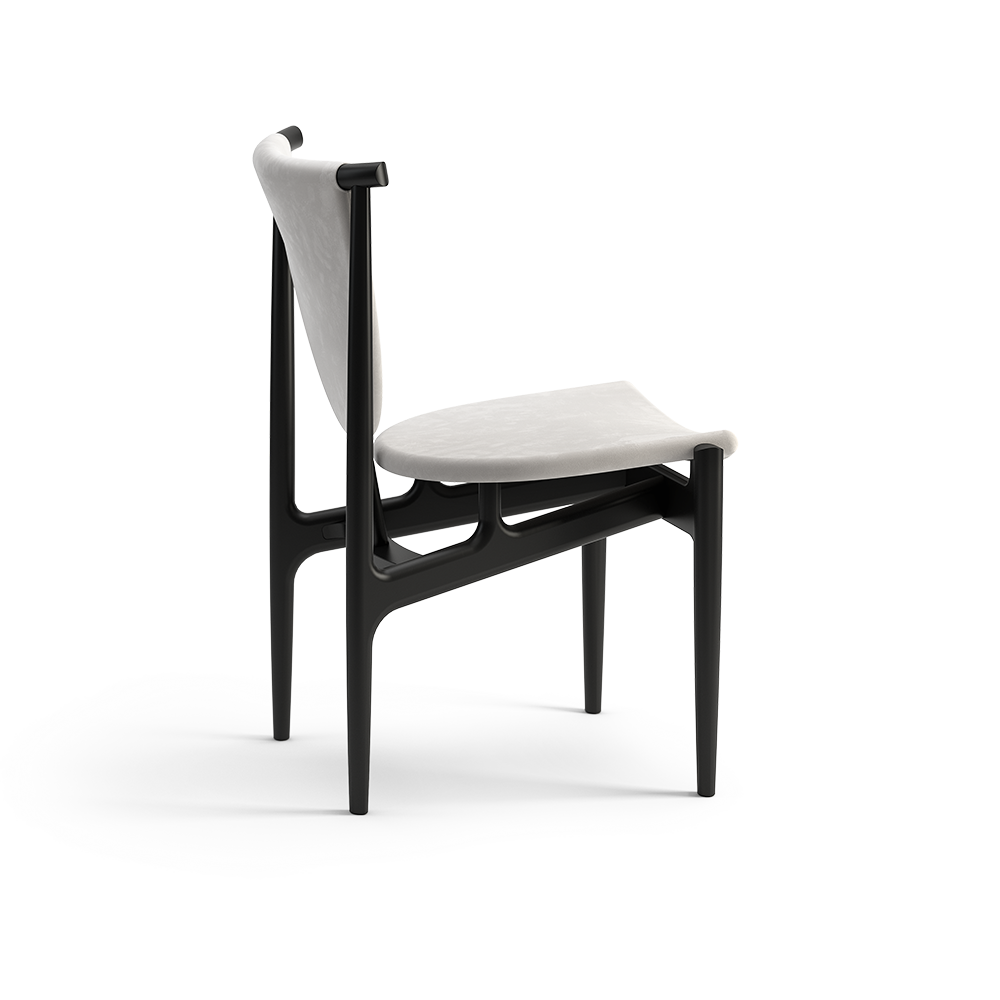Chair Wegner
An extra strong woven Oxford fiber stretched over the Wegner seat and back frame provides adaptability to any body position. That’s why the chair is equally comfortable for people of different constitution and age.
The frame is made of durable birch plywood, which makes the item durable and practical. High back with lower back support allows you to use the chair as a work or dining chair.
Light weight and ergonomic design allow you to comfortably move the item without touching the fabric, keeping its appearance longer
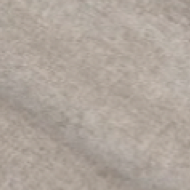
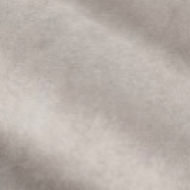
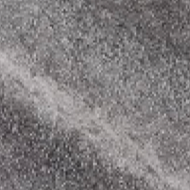
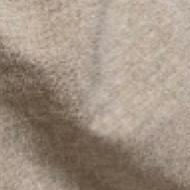
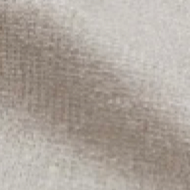
Contact our sales team for more details
The name is a tribute to the Danish designer Hans Wegner. He was nicknamed “the king of chairs and armchairs” for designing about 500 models, more than a hundred of which are in the collections of museums of modern art. Up to the present day Hans Wegner continues to inspire to the search of new solutions. The style technique of the designer, which is read in this model, is characteristic horns on the back.
The image, permeated with air, adds volume and sculpture to the outlines of the chair. The fabric, exposing the frame, emphasizes the sophistication of its design. The effect of circulating air is achieved thanks to the remote supports and the back side shifted inward.
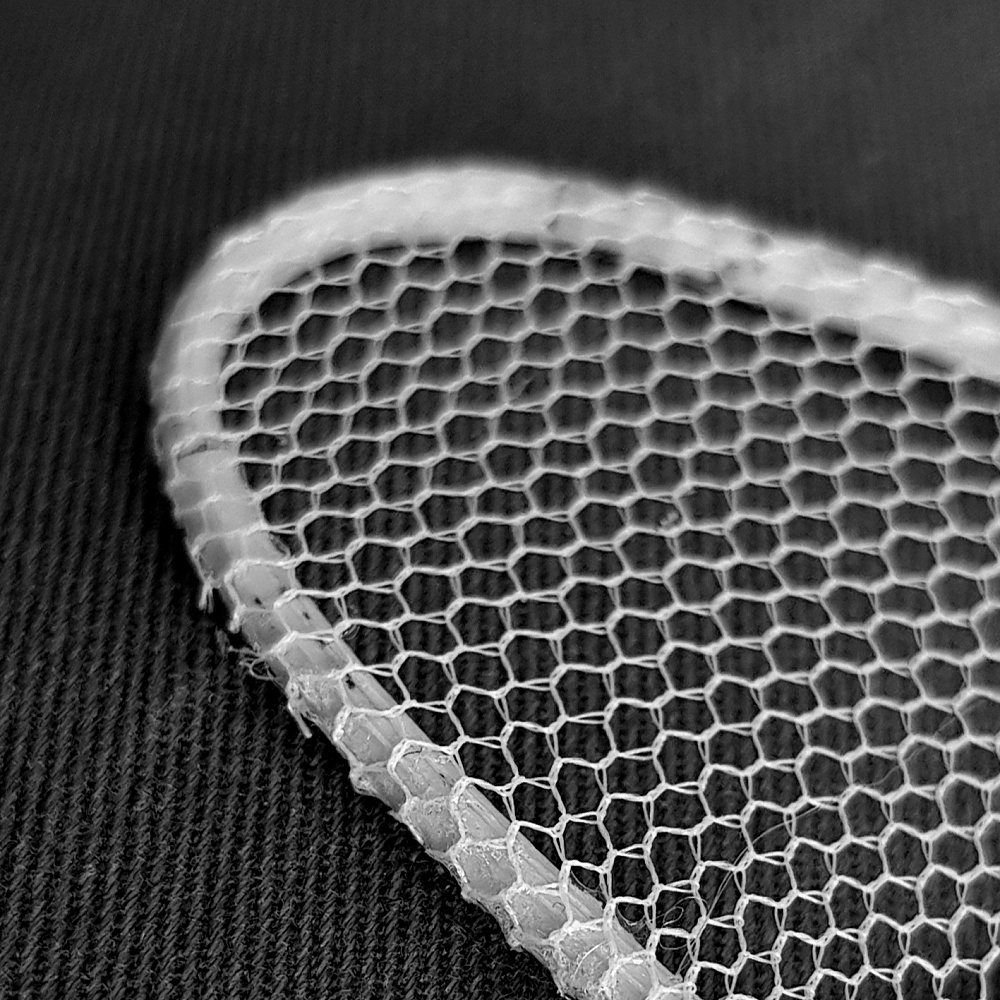
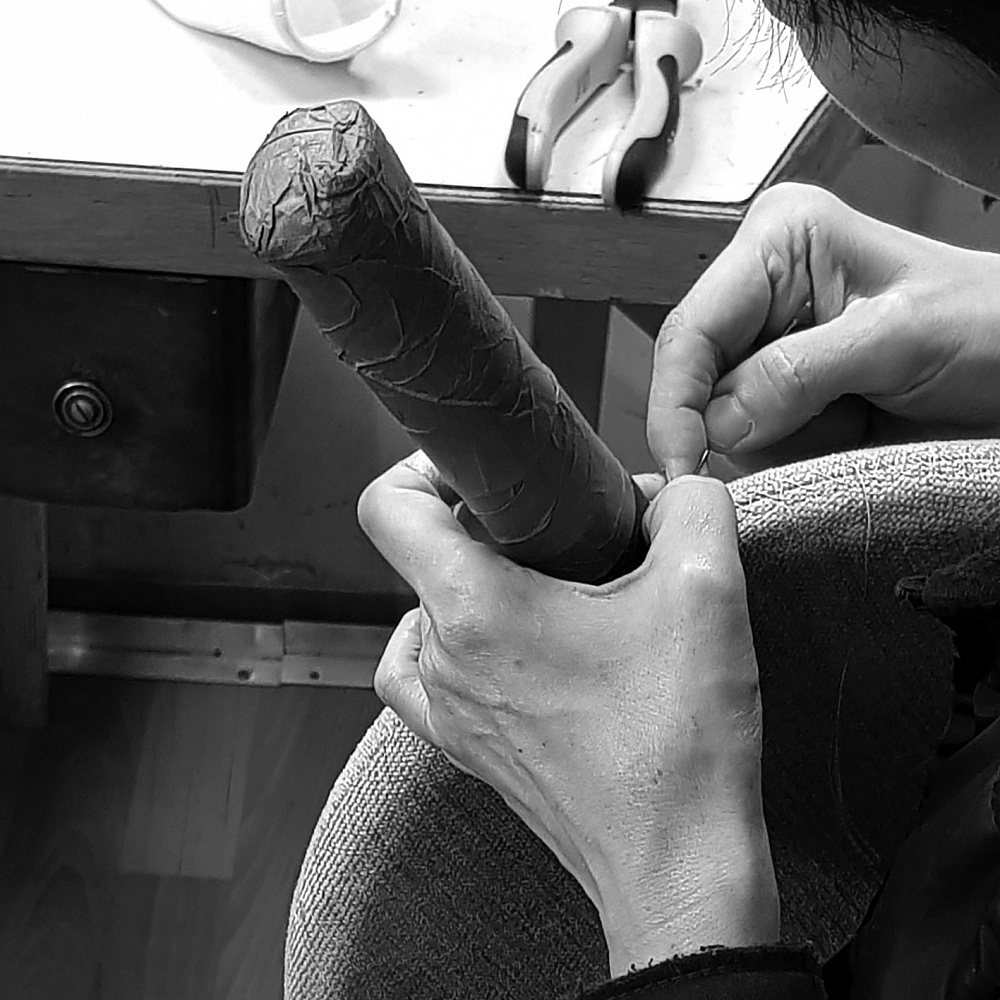
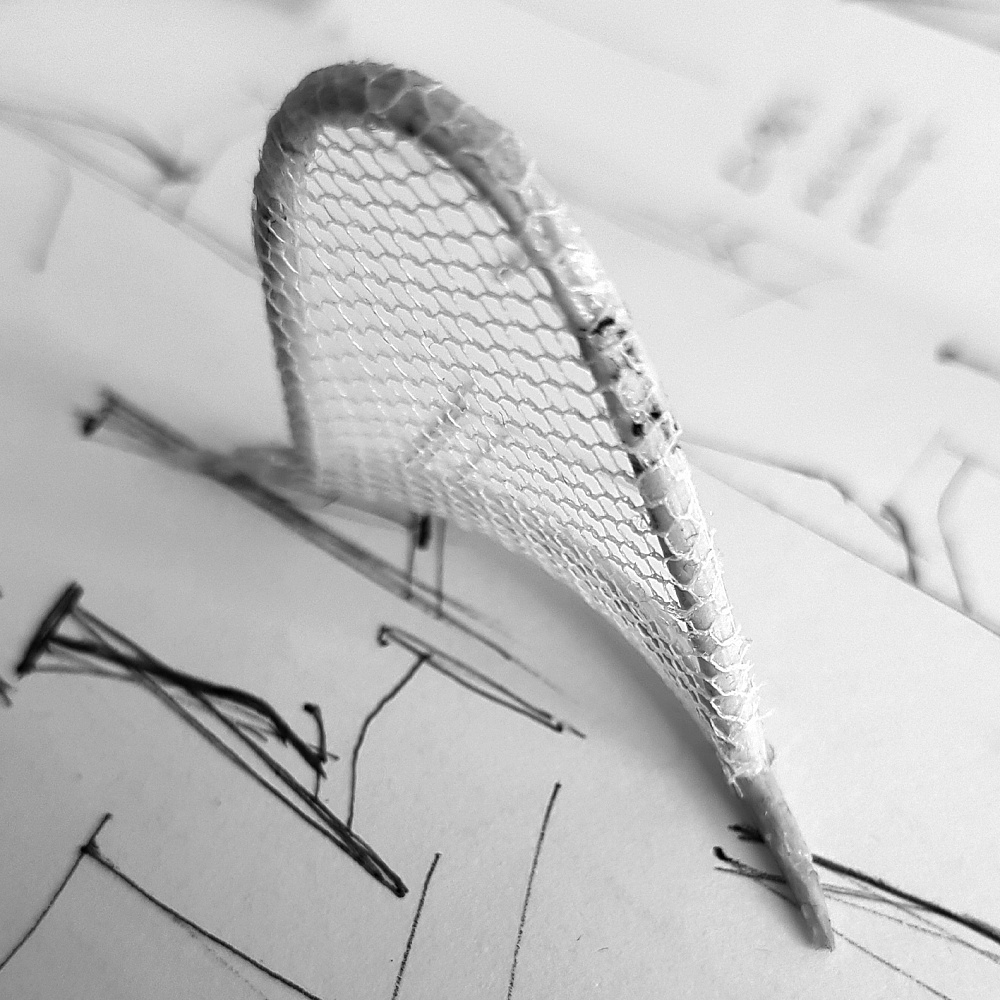
In this item, it was important to solve several problems: to ensure a comfortable seating for a long time and to make it equally comfortable for people of different constitution. At the same time, we wanted to keep lightness of the image. It was the starting point for finding a solution through lightweight construction or fabric stretching. For the first sketch models, toothpicks and a mosquito net were used. It was a painstaking process: processing wood in boiling water, bending in shape, stretching the net, etc.
All this was done in order to understand how the material behaves, what shape can be obtained using controlled fabric stretching, how to implement hidden lower back support and an adaptive backrest for different constitutional peculiarities and different weight loads.
When a visually organic form was found in the scale model, we moved on to the next stage and produced the item in real scale for the first ergonomics tests. After several iterations and painstaking work on the details, we approached the intended image, where we retained the lightness, obtaining light and strong construction.







